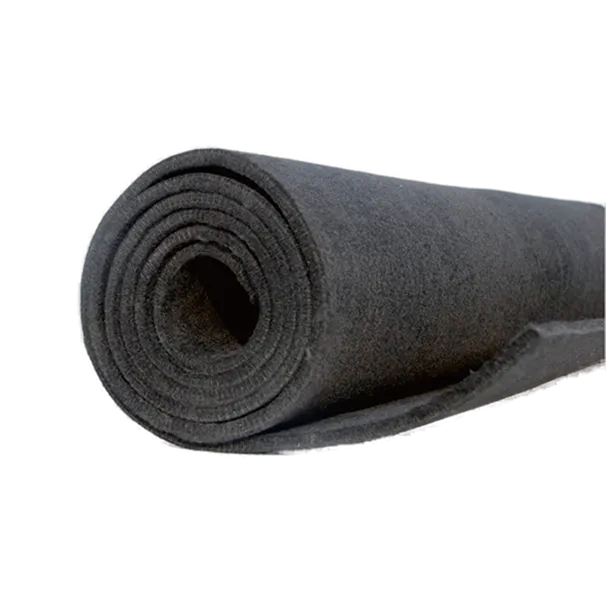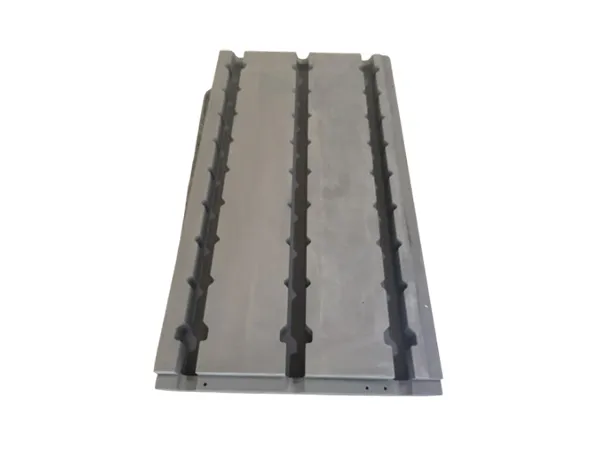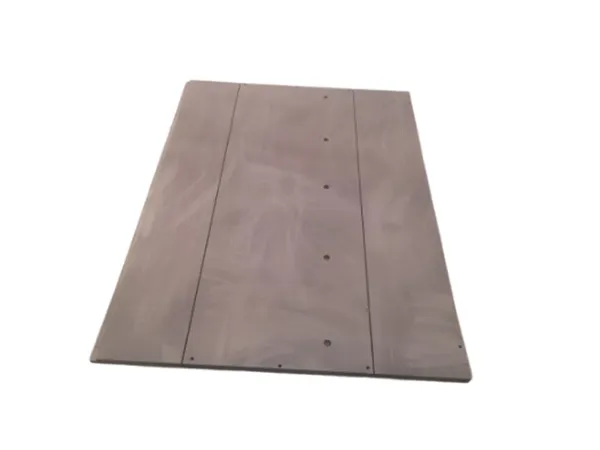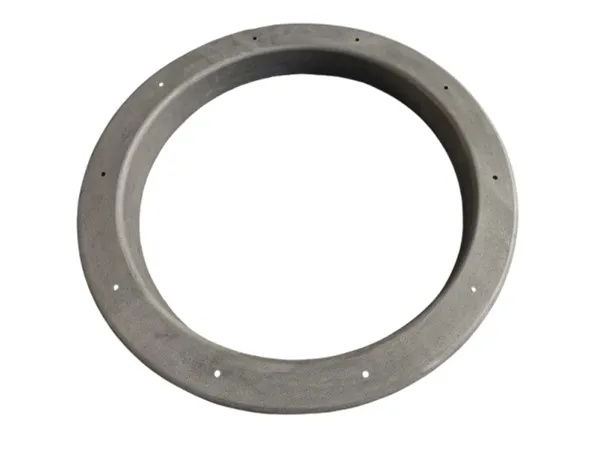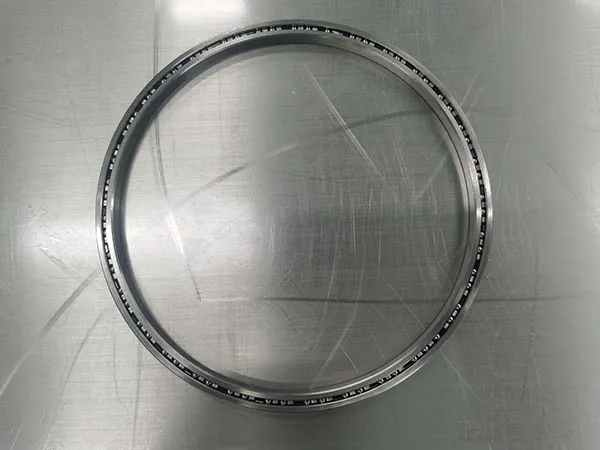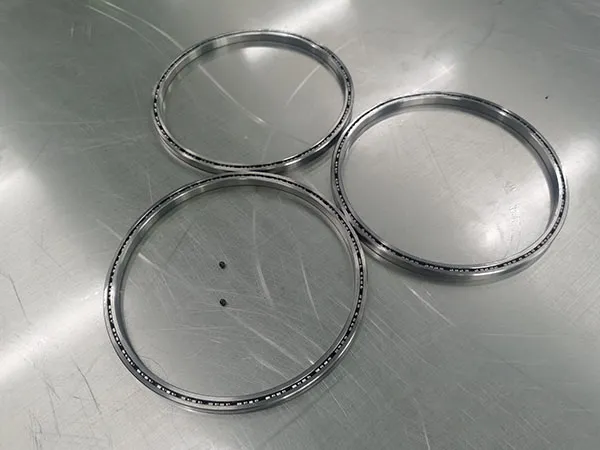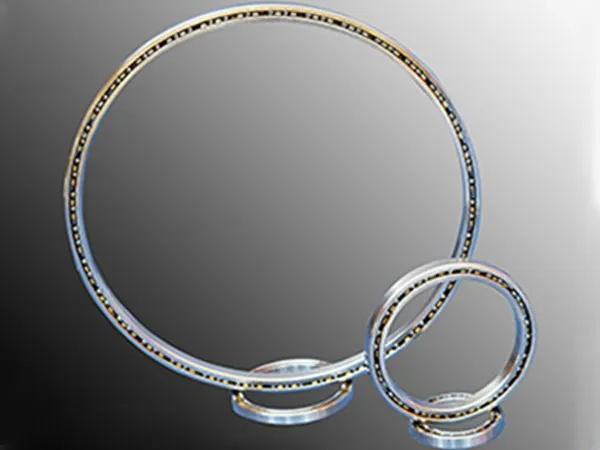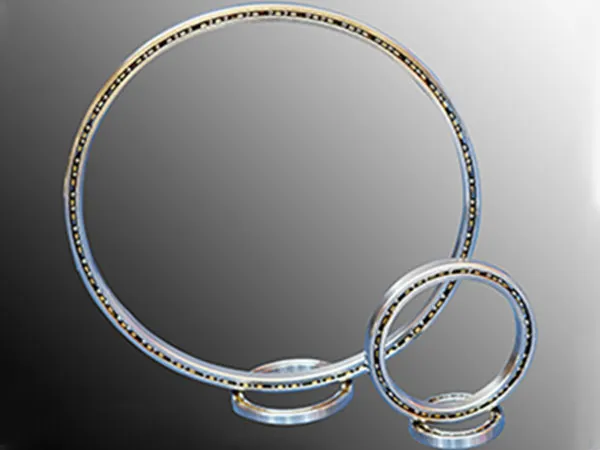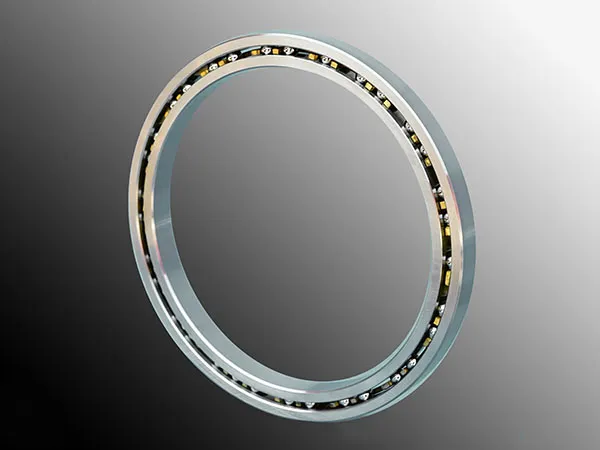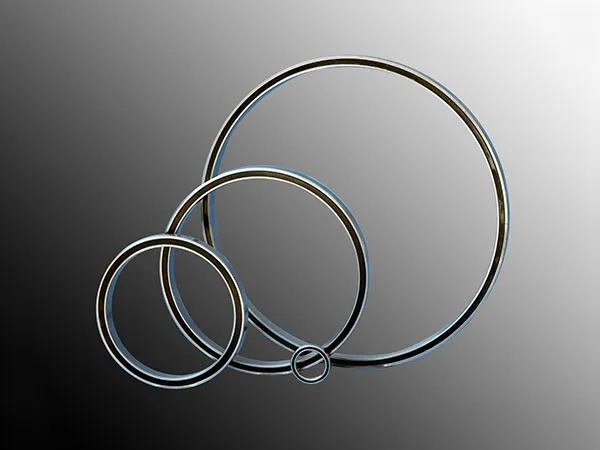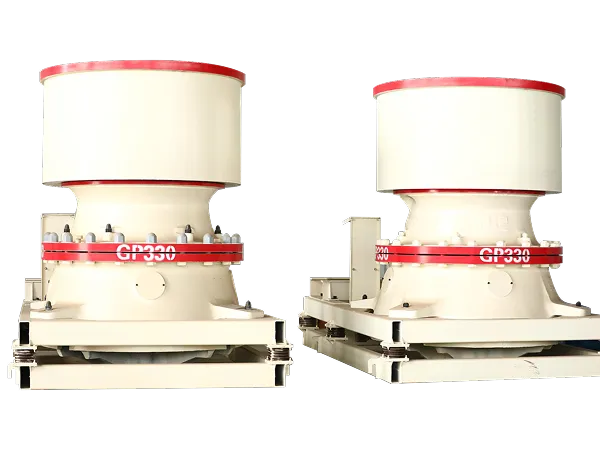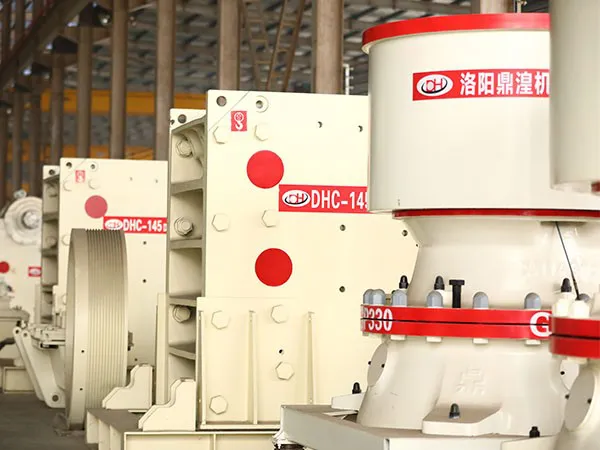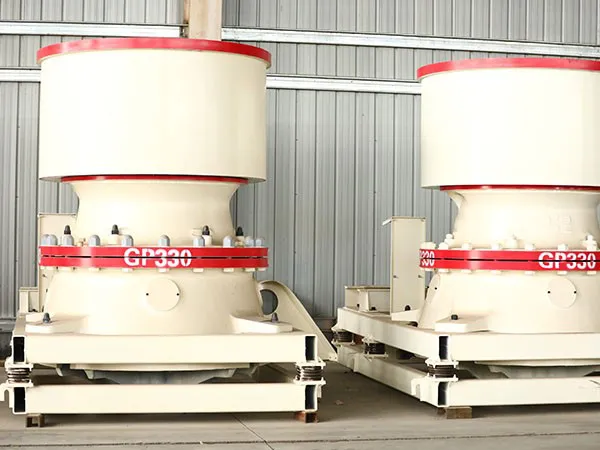В высокотемпературных и высоких средах, таких как паровые системы, Выбор герметичного материала имеет решающее значение. Графитовые листы широко признаны за их превосходную термостабильность, химическая устойчивость, и герметизация производительности. Однако, Не все графитовые листы созданы равными. Для герметизации пар, Гибкие графитовые листы, особенно те, которые усилились металлическими вставками, обычно считаются лучшим вариантом.
Какой лист графита лучше всего подходит для герметизации пар
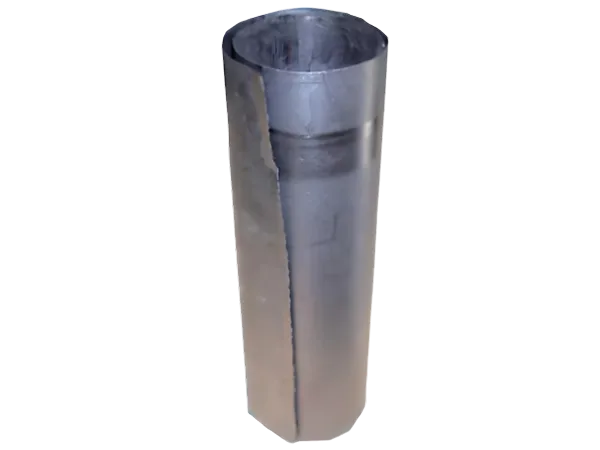
Почему гибкий графит для пар?
Высокая температурная стойкость: Гибкий графит может выдерживать чрезвычайно высокие температуры, часто до 550 ℃(1022℉) В воздухе и до 700 ℃ (1292℉) в паровой или инертной среде. Это имеет решающее значение для применений пара, которые связаны с высокими температурами и давлением.
Отличная герметичность: Графит очень сжимается и соответствует, позволяя ему заполнять микроскопические нарушения на фланцевых поверхностях и создавать плотные, Утечка утечка. У него также низкий уровень релаксации, это означает, что он со временем поддерживает свою печать, Даже при температуре и колебаниях давления.
Химическая устойчивость: Это устойчиво к широкому диапазону химических веществ, в том числе большинство кислот, щелочи, и органические соединения, Сделать его универсальным для различных промышленных применений.
Тепловая стабильность: Графитовые прокладки демонстрируют отличную термостабильность, Это означает, что они не охватывают, изменение структуры, или потерять компоненты при высоких температурах.
Это предотвращает ползучесть или поток прокладки.
Нет связующих/наполнителей: Чистые гибкие графитовые листы обычно производятся без органических или неорганических связующих и наполнителей, который может ухудшаться при высоких температурах и поставить под угрозу уплотнение.
Долговечность: Из -за его присущих свойств, Гибкий графит предлагает хорошие долгосрочные характеристики герметизации и сопротивление старению, Хотя окисление может происходить при очень высоких температурах в богатых кислородом среды.
Типы графитовых листов лучше всего подходит для пар:
Усиленный гибкий графит: Часто это предпочтительный выбор для Steam из -за дополнительной прочности и стабильности, обеспечиваемых подкреплением. Общие материалы для подкрепления включают:
Фольга из нержавеющей стали (Плоский или перфорированный): Обеспечивает улучшенную механическую прочность, сопротивление давлению, и улучшенная обработка. Перфорирован (зажатый) Вставки создают прочную механическую связь с графитом, предотвращение расслаивания.
Никель или другие металлические вставки: Аналогичные преимуществам нержавеющей стали, В зависимости от конкретных требований применения.
…
Для получения более подробной информации о том, какой лист графита лучше всего подходит для герметизации пар, щелкните, чтобы посетить: https://www.czgraphite.com/a/news/which-graphite-sheet-is-best-for-sealing-steam.html

